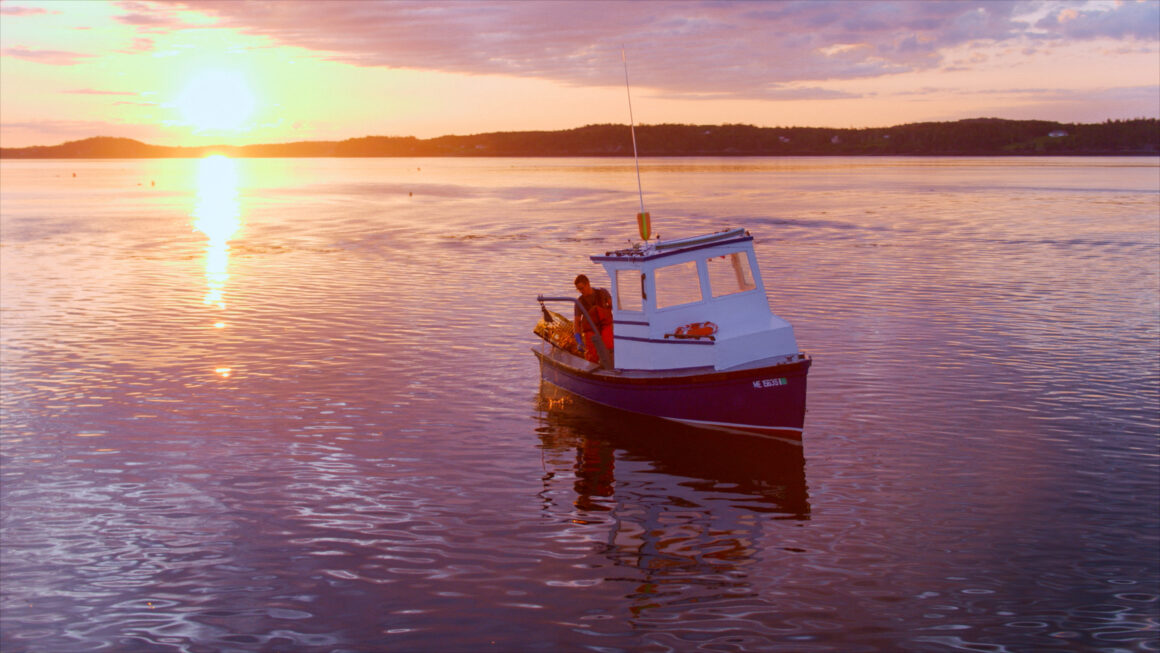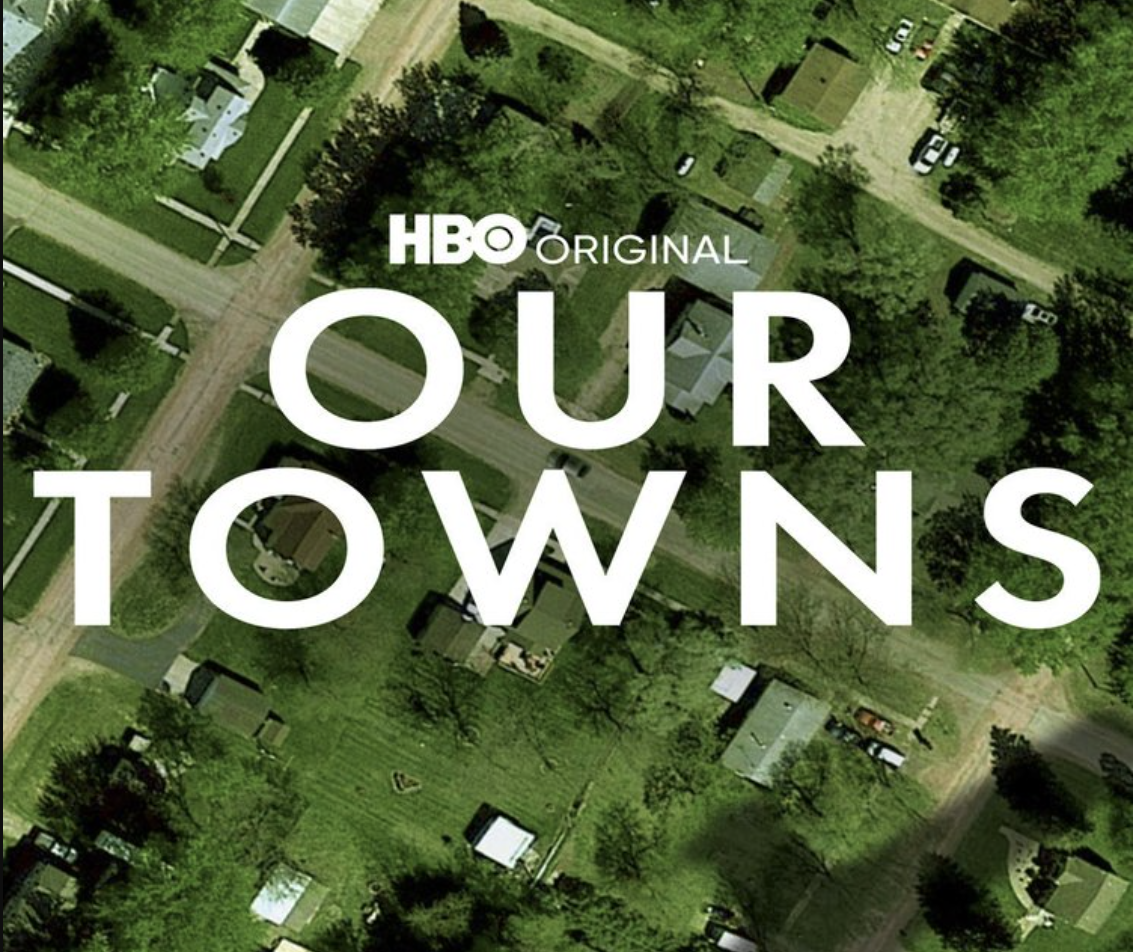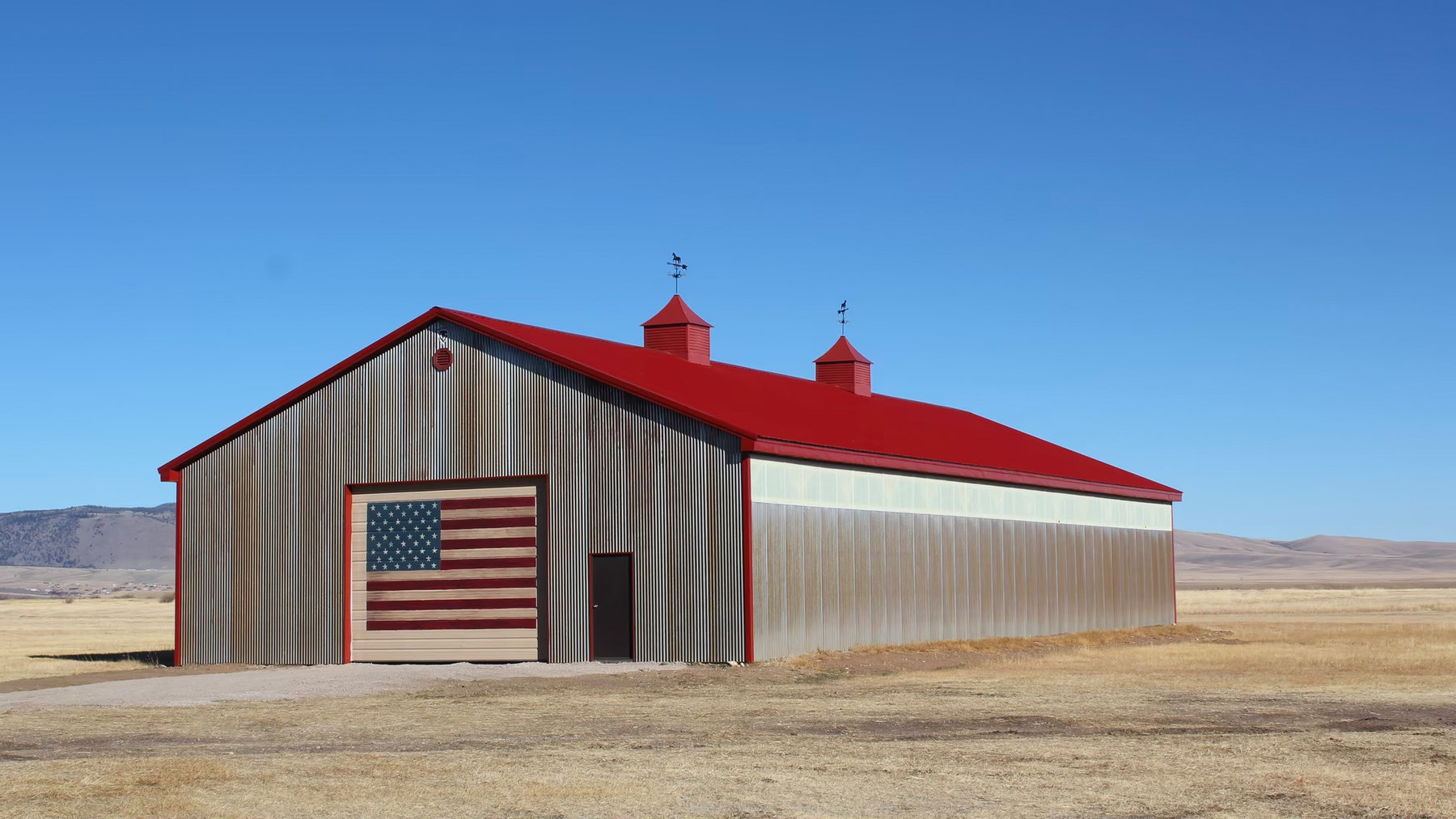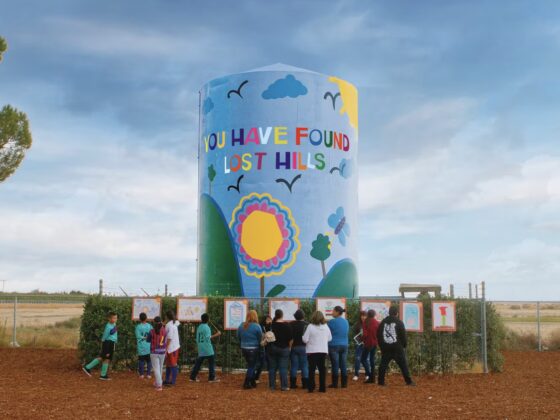It’s been ten years now since Deb and I began our reporting trips around smaller-town America. Every ten years or so, we realize that it’s time to think about what we have been doing and where we should be heading.
Before starting this project, we had our ten years of mainly being involved in and with China. Before that, a long stint of being involved in the tech world while living on the West Coast and in the policy-journalism world when living in the East. Before that, a chapter of being focused on Japan and Southeast Asia. Before that, the years in Texas. And all of these interwoven with the two most important decades, during which our sons went from being beautiful little babies to wonderful independent young men.
When we started the project that became Our Towns, we had a number of partnerships, and one Big Idea.
The partnerships were with The Atlantic, where I had worked for decades and which ended up publishing more than a hundred of the resulting reports by the two of us and our colleague John Tierney, in an online-and-print series called “American Futures.” And with American Public Media’s Marketplace, whose host Kai Ryssdal and his team joined us for a number of on-scene programs, at sites ranging from Southern California and South Dakota to Mississippi and the farthest reaches of Down East Maine. And with the digital-mapping company Esri, at whose annual international User Conference in San Diego, before a live audience of 14,000 people, we kicked off the program announcing our ambition to use new journalistic tools to give Americans a different view of their country.
The possibilities of that different view were the heart of our initial Big Idea.
Over the preceding years, when Deb and I had lived in and reported from China, we were based in its biggest and best-known cities, first Shanghai and then Beijing. But we always felt that we learned most, and had most to share with readers, when we were farther away from the major cities, on our frequent reporting trips through the vast geographical and cultural range of interior China.
As we applied the lessons of that experience on our return to the United States, we intended to visit parts of America that usually drew national attention only in times of emergency—a drought or flood—or when election campaigns were underway. Once there we wanted to ask people not their opinions on national politics, the usual staple of “trip to the heartland” reports, but their observations and experiences in the life of their own communities. What was getting better, what was getting worse, what made the community distinctive, how it viewed its future and its past.
Over the years the partnerships evolved, shifted, and grew, and our original idea led us in unexpected directions, as ideas and questions are supposed to do. Of the many partnerships that followed, perhaps the most important were with our editor at Pantheon books, the late and much-missed Dan Frank, who guided us in creating the Our Towns book, and with the team at HBO that turned a book into a lasting documentary. We will always be grateful to Richard Plepler, then head of HBO, and to Nancy Abrams and Lisa Heller, head of its documentaries; and to the gifted husband-and-wife filmmaking team of Steven Ascher and Jeanne Jordan who with their colleagues turned nearly 100 days of on-site filming in 2019 into 90 minutes of beautiful, powerful film, released in 2021.
The ideas and questions propelling our work also continued to evolve, as we learned from each of the nearly 100 smaller communities where we spent a few days or a few weeks. On the first few reporting visits back in 2013—to Holland, Michigan; and Sioux Falls, South Dakota; and Burlington, Vermont; and Eastport, Maine—we were surprised by how much activity, in how many different parts of the country and sectors of society, was underway, and how little of it was ever noticed by the national press. Then, as the years and visits went on, we began seeing and distilling patterns and traits of how communities flourished. By the time our book and HBO film came out, we had become more convinced of, and passionate about, the idea that in times of national-level division for the United States, the greatest hope for resiliency, practical-minded agreement, and progress in every sense was at the local level. That conviction was what led us to create the Our Towns Civic Foundation.

It’s very hard to convey a previous climate of prevailing opinion, after that climate has changed. But I’ll try. During our first few years of reporting from smaller towns and interior states, the reaction from many of our journalistic and other big-city and coastal-based colleagues was polite dismissal, or condescension. Dismissal as in: Oh, you’ve found one cherry-picked example. Condescension as in: That’s charming and cute, but it can’t really matter in the bigger picture. Naturally all of this intensified after the results of the 2016 election, with the assumption that every layer of American life was as polarized as Donald Trump’s ascent seemed to signify.
That was then. For the past several years, in the wake of the sweeping and still-unfolding effects of the Covid pandemic, we’ve seen many more of the nation’s philanthropic, journalistic, governmental, and business enterprises embrace the idea that America’s future really is being created region-by-region, state-by-state, community-by-community, and even neighborhood-by-neighborhood. This has always been one of the slogans of American life—“city on a hill” in the early 1600s, “laboratories of democracy” in the early 1900s—but at certain times it becomes more “real” than others. Almost every day we hear from a foundation, a university, a local-citizens group about investments they are making, programs they are launching, lessons they are learning from sites far beyond the main news centers in DC, LA, or New York. And sometimes from neighborhoods within those major cities.
We’re convinced that another such “real” moment is underway, because of the profound, still-unfolding changes happening as we watch. A few examples:
Settlement patterns have changed because of the pandemic, with more people weighing where they really “want” to live and raise their family, as opposed to where they “have to” be. Downtowns around the country are being remade, sharing a “playbook” for an era where more people prefer walkable, people-centric layouts rather than those planned around cars. A decade ago, some people smugly dismissed libraries as “yesterday’s” idea, like VCRs. Now more and more communities recognize them as today’s crucial institutions, and tomorrow’s—and library officials across the country are sharing their strategies for dealing with new financial and political obstacles.
After decades of pressure on local newspapers and other news sources, a growing coalition of universities, local and national philanthropies, entrepreneurs, and other innovators are devising new and sustainable ways to inform their communities. From community colleges to research universities, institutions of higher education are re-discovering ways to connect and improve their communities. In the nation’s biggest cities, like New York and Los Angeles, and its smallest rural communities, like Ajo, Arizona or Eastport, Maine, local-level responses to global climate change is underway. Communities across the country are finding new ways to reckon with the negative, and positive, aspects of their own pasts. A renaissance in US-based and high-value manufacturing is underway.
This is just a start on the list of signs of local-level innovation and renewal. Over the years we’ve collected and reported on many of these efforts—and we will do our best to keep up, as they pace of them accelerates.
For the moment my point is this: Ten years ago, we felt as if we were fighting a headwind in saying that local-level renewal was underway, and that it mattered. A headwind of ideas, of outlook, of attention, of assumptions and mental blocks, of institutional priority.
Now we feel as if the wind is at our back—that it is propelling communities and institutions in every state to expand their efforts and to connect with like-minded allies across the country.

This is the Big Idea we’ve come to a decade later: That the potential for locally conscious renewal has finally sunk in at many levels of American life, from individual communities to some of the most powerful national institutions. And that the way the two of us – Deb and I, with our networks of friends and supporters, and through the Our Towns foundation – can be most influential is to continue to tell stories of reinvention, and to share our experiences and insights with the larger institutions that are now directing their policies, attention, and resources to this cause. We don’t need to try to build a network of connections ourselves. Even a few years ago, before the pandemic, we thought that our most valuable role might be in directly making connections with innovators across the country. Now we’re heartened to see that some of the nation’s most powerful institutions are committing their resources to make these connections and fund these projects.
This shift in the institutional landscape is good news on every level. On the grand scale, it’s is a positive sign for the country—an indication that an era of reform might be underway. On the very personal scale for us, it encourages us, and frees us, to use our time and energy where they have the highest payoff, as chroniclers of the progress others are making around the country. That’s what we will continue to do, especially in our areas of most intense focus: local measures for environmental sustainability and climate justice; investments and innovations to re-invent a viable business model for locally oriented news sources; the new civic roles of long-established institutions from libraries, to community banks, to technical schools, community colleges, and research universities; and shareable lessons to help recently declining communities attract new residents and create a better future.
In keeping with this new clarity of purpose, this new website is designed to be simpler, cleaner, and more usable for visitors—and for us! We intend it to be a home for blog-style updates on interesting ideas, stories, and individuals around the country.
We thank everyone who has been involved in this work so far, and we congratulate those who are continuing to write this chapter in America’s story.




